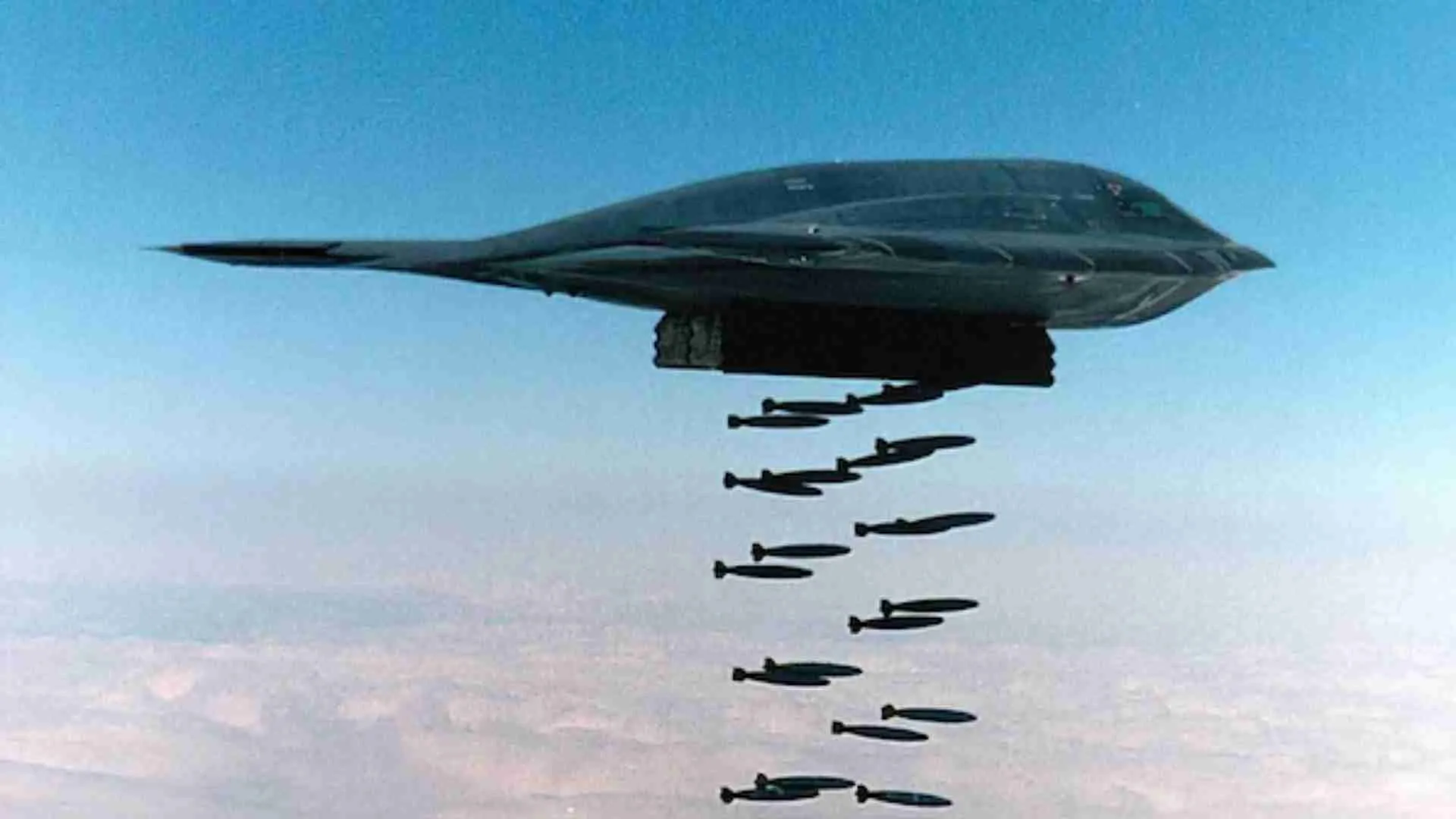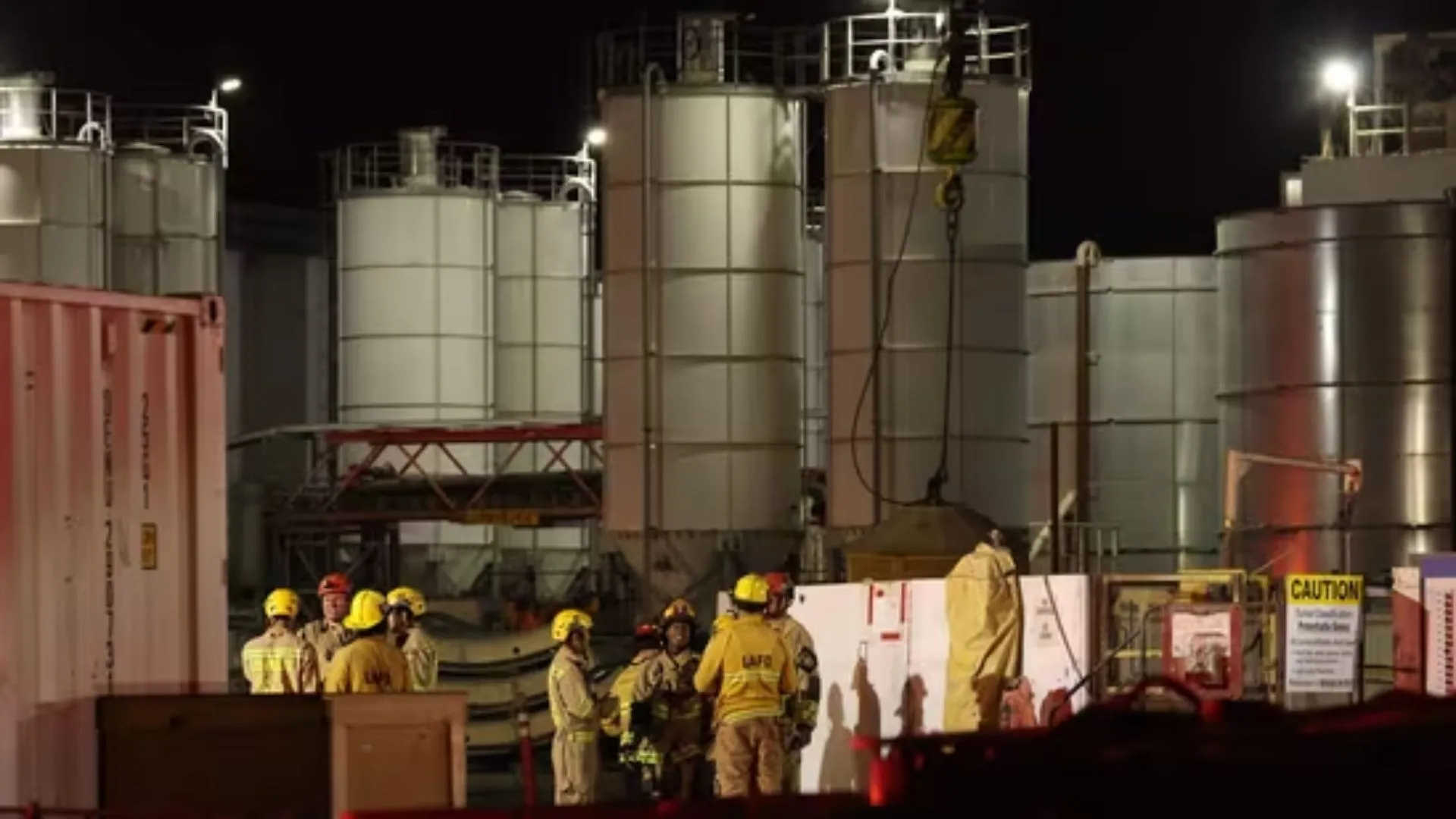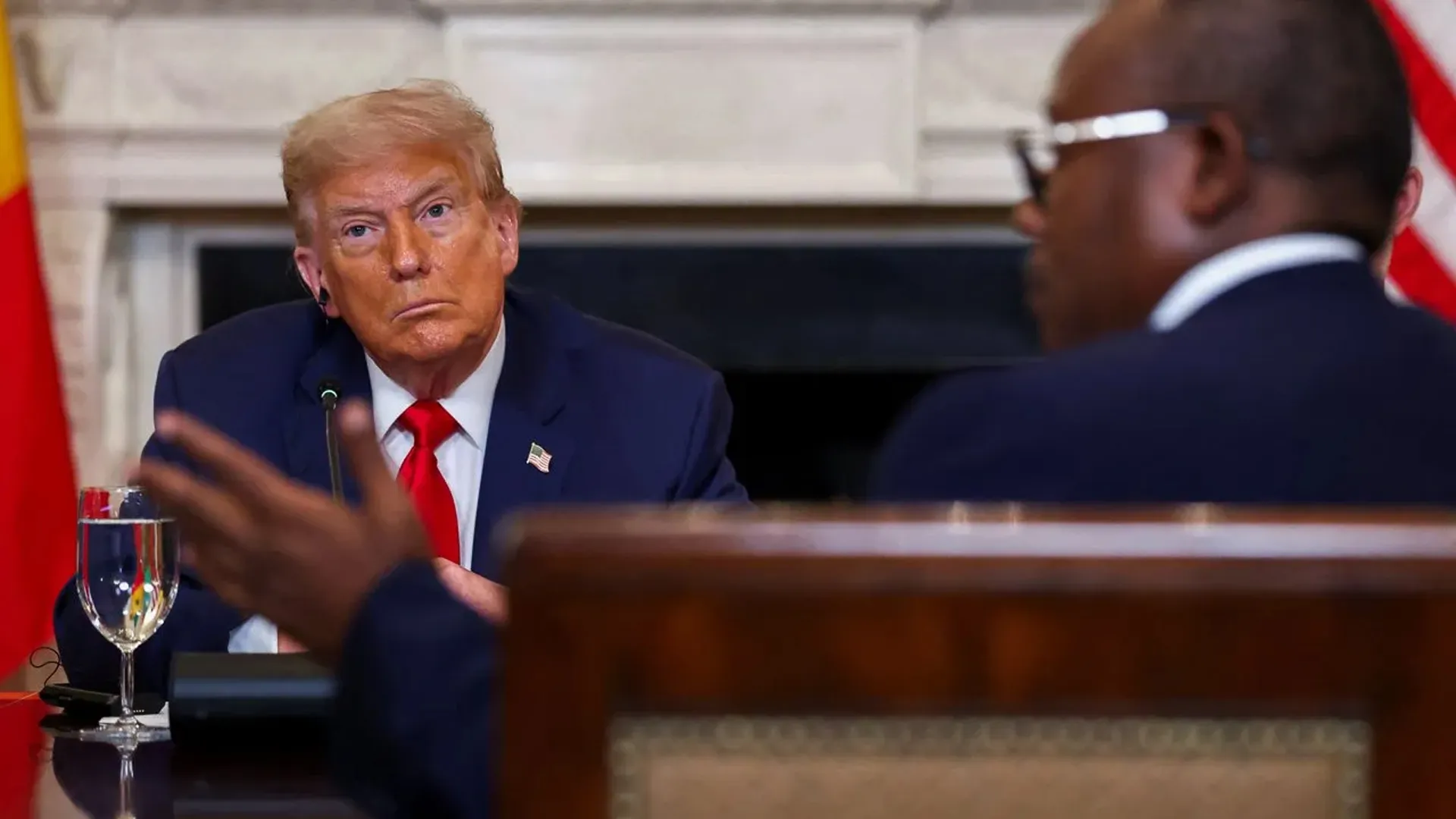A former Indian-origin engineer, once celebrated for his pivotal role in developing the United States’ stealth B-2 Spirit bomber, was convicted of espionage after transferring classified defense technology to China. The revelations have reignited global concerns over Beijing’s rapid strides in stealth aviation, allegedly fuelled by stolen American know-how.
Key Role in US Bomber Tech
Noshir Gowadia, originally from Mumbai, worked as a propulsion and stealth expert at Northrop—now Northrop Grumman—where he helped develop the B-2 Spirit’s radar-evading capabilities. The B-2 remains one of the most sophisticated bombers in the US military, capable of delivering both conventional and nuclear weapons while remaining virtually undetected.
After leaving Northrop in 1986, Gowadia taught university-level courses in aeronautics, but by 2005, he became the subject of an FBI investigation. Officials discovered sensitive defense documents hidden inside a furniture container shipped to him. He was subsequently arrested in Hawaii and charged under the Espionage Act and the Arms Export Control Act.
Classified Trips and Confession
Investigators reported that between 2003 and 2004, Gowadia made several trips to China where he provided details on infrared suppression and propulsion systems used to reduce aircraft visibility. These systems are crucial to the development of stealth bombers and cruise missiles.
The FBI claimed he earned at least $110,000 over three years in exchange for the classified information. While Gowadia initially denied any wrongdoing, he eventually admitted in a written confession, “On reflection, what I did was wrong to help the PRC make a cruise missile. What I did was espionage and treason.”
In 2010, he was convicted on 14 counts, and the following year, sentenced to 32 years in prison. He is currently serving his term at the high-security Florence ADX facility in Colorado. Despite the conviction, his son, Ashton Gowadia, maintains his father’s innocence and has accused the FBI of withholding critical evidence during the trial.
China’s New Stealth Aircraft Raises Alarms
The case has resurfaced following satellite images from May 14, reportedly showing a massive flying-wing stealth aircraft at a Chinese test site in Xinjiang. The drone-like craft, believed to have a 52-meter wingspan, bears a striking resemblance to the US B-2 bomber.
Experts speculate the aircraft could be part of China’s high-altitude, long-endurance (HALE) project, or connected to the H-20 stealth bomber or next-generation J-36 fighter. The developments have once again stirred anxiety over how Chinese advances in stealth aviation might be tied to illicit technology transfers.
B-2 Spirit: Still the Benchmark
The B-2 remains one of the most powerful and secretive aircraft in the American military. Its design enables it to evade radar and reach targets deep inside enemy territory.
Just last week, the US deployed the B-2 for the first time in combat over Iran, targeting fortified nuclear sites in Fordow. The mission, carried out amid heightened tensions in the region, served as a stark reminder of the bomber’s strategic significance—and why other nations like China are racing to develop similar capabilities.






















